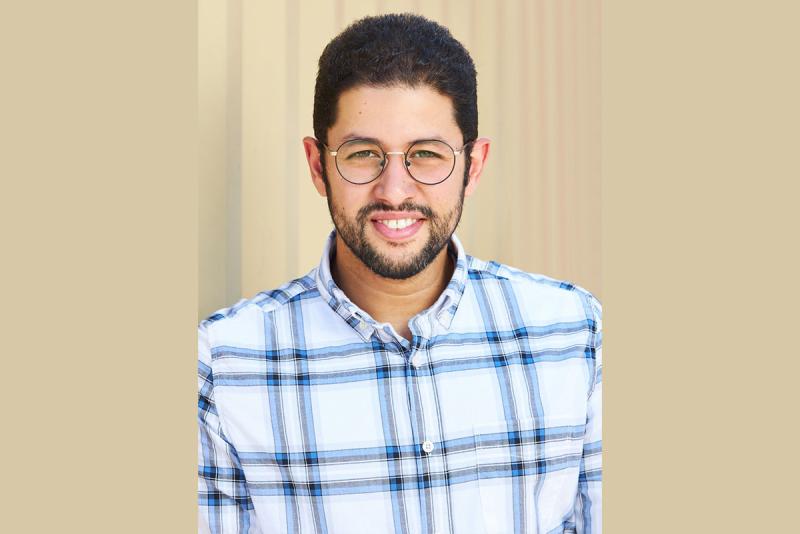Spotting Fake News as the Midterm Elections Approach

Assistant Professor Kareem El Damanhoury, of the Department of Media, Film and Journalism Studies (MFJS), has two words when asked how to best distinguish real news from fake as we approach the midterm elections: “Says who?”
“Whenever we hear anything, whether during the election season or not, whether from a relative, a friend, or on social media—says who?” El Damanhoury said.
Applying that critical question to the news we’re consuming and the social media sites we binge on reminds us that fake news is an industry just like more traditional news.
“The crisis we’re living in is that news is for the most part done for-profit, whether in the form of financial gain or leverage in influencing and spreading your message across the world,” El Damanhoury said. “In many parts of the world they are very slick about making websites look like legit news organizations but it has nothing to do with reality.”
Becoming Savvy About Sources
Questioning the actual source of information, such as the news channel or medium, and the impact individual journalists play helps expose how money and politics shape the information we digest. Who have they chosen to quote and in what context? What kinds of visuals have they selected? What have they chosen to emphasize in headlines?
Although most people don’t have time to dive deeply into answering those questions, remembering to raise them fosters discernment.
“Let’s say I come across a news piece on a website that seems relatively legit,” El Damanhoury said. “I still need to ask who wrote the article or made the video?” He also recommended we ask if the sources included provide only a narrative of one political party or a balanced mix of both? And are they limited to U.S. sources or including international?
El Damanhoury, who will present “Warfare from Cave Walls to Instagram: How Authoritarian States and Extremists Weaponize Visuals” at the 2022 Livingston Lecture in World History on Oct. 20, in Sturm Hall’s Lindsay Auditorium, cautions against the temptation to seal ourselves into echo chambers.
Instead, he recommends making a habit of checking other sources with varying viewpoints. For older viewers that might mean listening to both MSNBC and Fox News. But younger generations, who are much more likely to consume news from newer channels like TikTok and Instagram, also need to broaden their viewing.
“If there’s only one news source on social media you’re shopping, it’s just giving you more of what you want to hear,” El Damanhoury said.
El Damanhoury said we need to develop an attitude of skepticism toward all information coming our way. For political and election-related information in particular, objective fact-checking sites such as Politifact, known for its “Truth-O-Meter,” can help debunk lies.
“It tells you in a helpful way this is truthful, this is half true, this is completely fake,” El Damanhoury said. “CPR News publishes Colorado election news from multiple perspectives and provides a voter guide with specific information about Colorado candidates and ballot initiatives including pros and cons and those for and against.”
Promoting Media Literacy
El Damanhoury views becoming a truly informed, responsible news consumer and voter crucial to preserving our democracy.
“I think there needs to be institutional buy-in so that media literacy education becomes something that’s taught in high school and college,” he said, noting that DU offers a media and politics class as part of its core curriculum. “There’s no way one can completely get past everything in a journalist’s upbringing, background, religion, education, etc. Journalists are making choices when they're making news about what to include and not include, and all of that has weight. Because at the end of the day I believe objectivity nowadays is a myth.”


